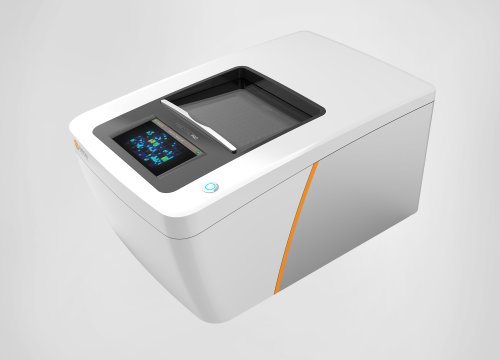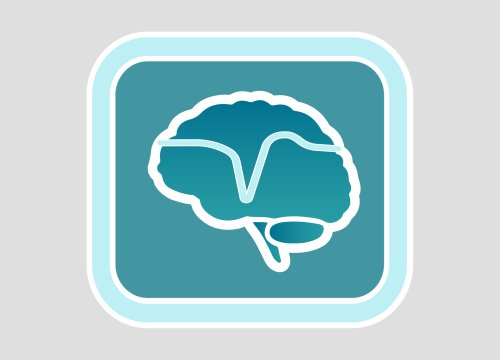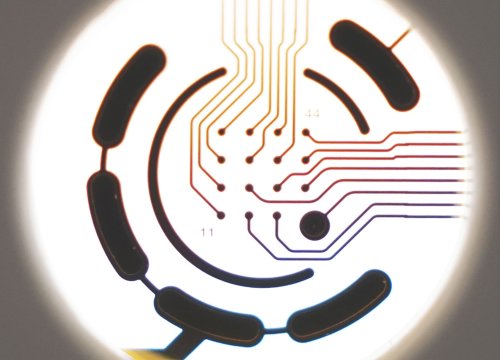Evangelos Kiskinis, PhD
Drug Target Review, 2022
Precision medicine in neurology is limited by a dearth of clinically relevant models. However, here Dr Evangelos Kiskinis, Assistant Professor at Northwestern University Feinberg School of Medicine, discusses how new technologies such as bioelectronic assays enable real-time, long-term analysis of neurological diseases in a dish, offering a pathway towards identifying the underpinning mechanisms of disease and the discovery of novel treatments.
Precision medicine is medical care optimised for a particular group of patients based on genetic or molecular biomarkers. Cancer, for example, is a precision medicine success story; the pharmaceutical industry has translated the discovery of hundreds of biomarkers into the development of targeted treatments that have extended and improved the lives of thousands of patients. Now, another formidable disease category – neurological disease – is catching up with its own precision medicine revolution.
One factor that has traditionally limited progress in neurological research is the ability to study the complexity of the brain. This organ is composed of billions of neurons and other cells that communicate through an intricate series of electrochemical signals and many aspects of behaviour, cognition and disease arise from co-ordinated activity or dysfunction across neural networks. For a long time, scientists could not access the cells of the central nervous system (CNS) to gain insight into disease mechanisms and assess potential therapeutics. Yet the advent of induced pluripotent stem cell (iPSC) technologies, which can be readily differentiated into different neuronal cell types, has changed this. These technologies have enabled the development of human, patient-specific in vitro models of neurological diseases. The development of efficient and reliable techniques to map neural activity that can be used in combination with iPSC-based models can accelerate drug development and advance precision medicine for diseases of the brain.
To read the full article


